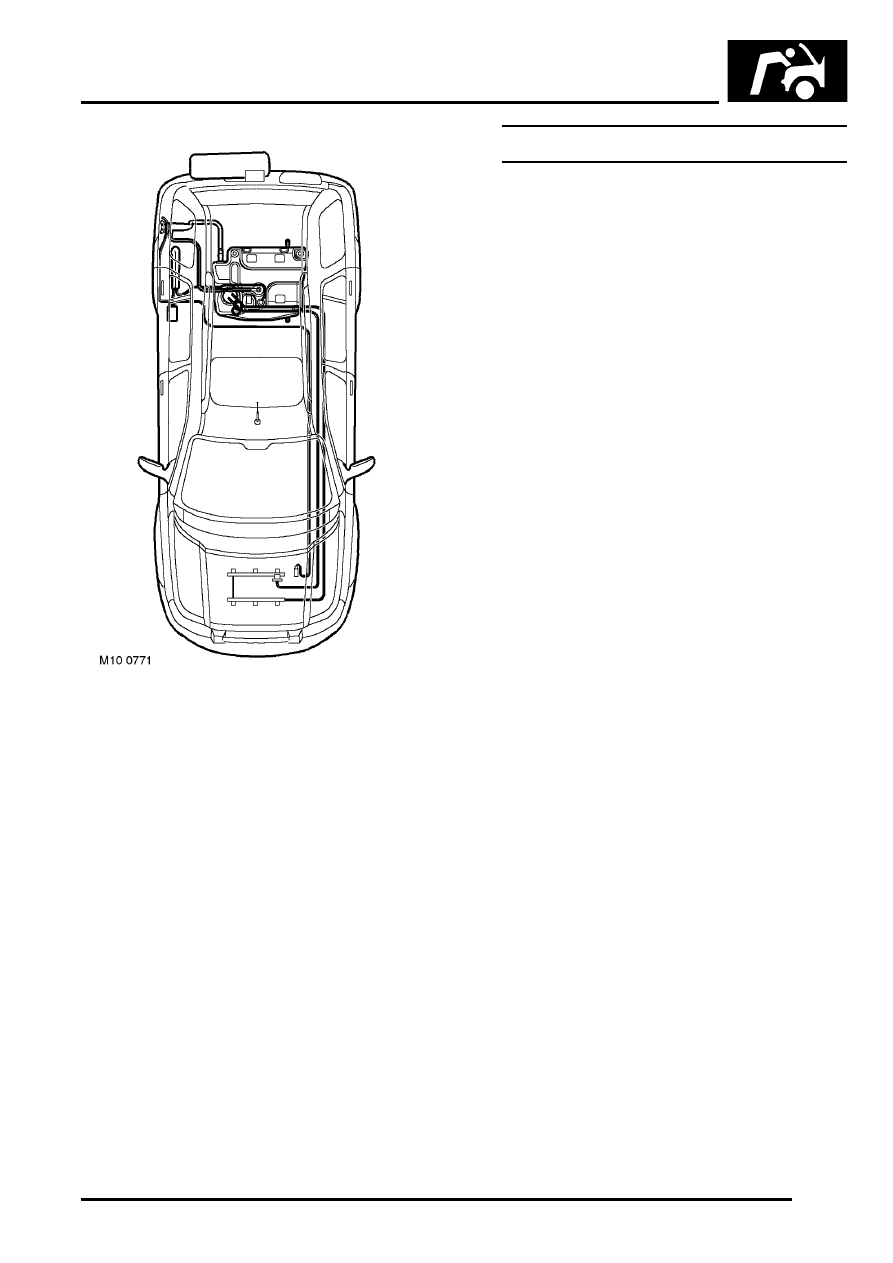Freelander 1. Manual - part 38

MAINTENANCE
MAINTENANCE
10-27
KV6 – Petrol engines
Check
1. Check security of all fuel hoses, paying
particular attention to those running under the
vehicle. Check all hoses and pipes are correctly
routed and secured. Check for signs of leakage
or damage.
Brake Hoses and Pipes
Check
1. Visually check condition of all brake hoses.
Look for any sign of damage or chafing. Check
for any signs of fluid leakage.
2. Check brake pipes for signs of leakage or
corrosion. Pay particular attention to pipe
unions and joints. Ensure all pipes and hoses
are correctly routed and secured.